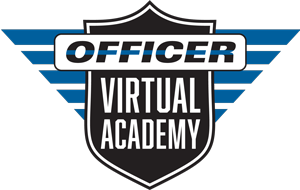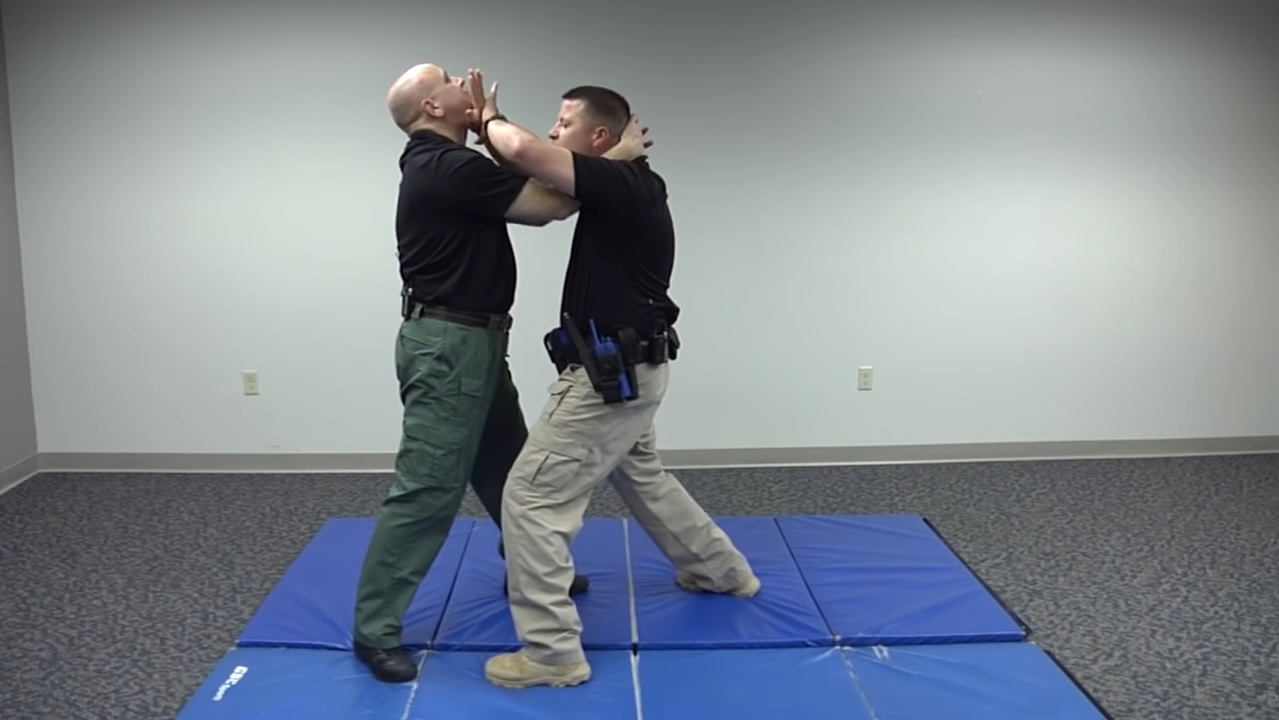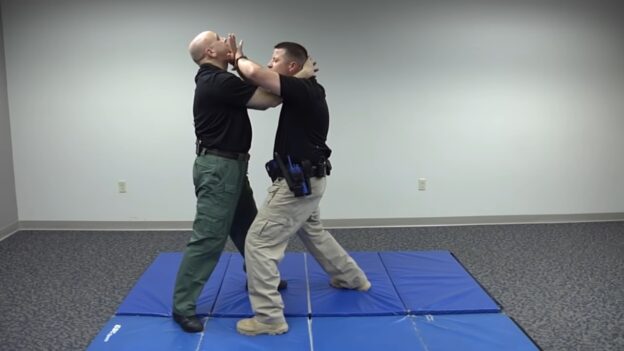This is an online only (virtual) training course that discusses the realities of in-person, hand to hand conflicts. The concerns regarding the dynamics of such situations, potential dangers and methods for decreasing risk are discussed. If conflict becomes necessary, personal body weapons, types of strikes, methodology for application and fighting from extreme closer quarters are discussed. Techniques are demonstrated.
The course includes a PowerPoint slide show that corresponds to the three training videos. The total viewing time for the videos is approximately 16 minutes broken down into three segments. For viewer’s reference there is also a downloadable PDF version of the PowerPoint presentation, perfect for use in taking notes. A course syllabus and extra reading resources (8 recommended articles) are also included in the training materials.
If there are any questions with regard to the content, please contact the instructor: Lt. Frank Borelli via email to frank@officer.com.
Course Location
This is a virtual course, offered online only and available to registered users of the Officer Virtual Academy at all times.
Course Description
In this course, Instructors Borelli and Nance discuss the realities of in-person, hand to hand conflicts. The concerns regarding the dynamics of such situations, potential dangers and methods for decreasing risk are discussed. If conflict becomes necessary, personal body weapons, types of strikes, methodology for application and fighting from extreme closer quarters are discussed. Techniques are demonstrated.
Prerequisites
There are no prerequisites for attending this program.
Course Sequencing
This course is a personal-knowledge-only (no continuing education or in-service credits) program. It is recommended that the student officer view/attend the following courses before viewing this one:
Boyd’s Cycle Applied to Conflict Survival
General Defensive Tactics Introduction
Course Objectives:
- Upon completion, the student officer will be able to identify and articulate the hazards of standing still in a confrontation
- Upon completion, the student officer will be able to articulate how movement works against an opponent’s decision making cycle, negatively impacting their fight effectiveness
- Upon completion, the student officer will be able to articulate the strengths and weaknesses of direct movement to or from the opponent versus lateral movement
- Upon completion, the student officer will be able to articulate the benefit of creating obstacles between self and opponent
- Upon completion, the student officer will be able to identify nine personal body weapons
- Upon completion, the student officer will be able to identify the most effective strikes at clinch-distance
- Upon completion, the student officer will be able to articulate two methods of escaping from a clinch
About the Instructors

Lt. Frank Borelli – LE Instructor / Editorial Director
With over 35 years of operational experience and more than 30 years of instructional experience, Lt. Borelli has taught programs involving firearms, defensive tactics, officer survival, active shooter response and more to officers from all levels of government to include city, county, state, federal and military. He remains active in law enforcement, continually training and being trained to keep his skills up to date and sharp.

Sgt. Richard Nance – LE Instructor / SWAT experience / TV personality
Richard Nance is a veteran police officer and former SWAT team leader. He is the co-owner of WARTAC, a company that provides training in firearms, tactics, and personal defense. Nance cohosts Handguns & Defensive Weapons, a new television series on the Sportsman Channel.
Course Content


